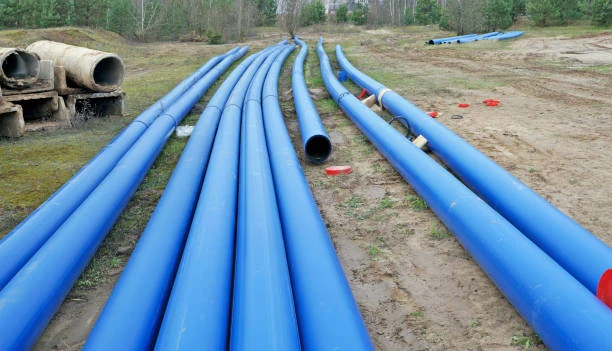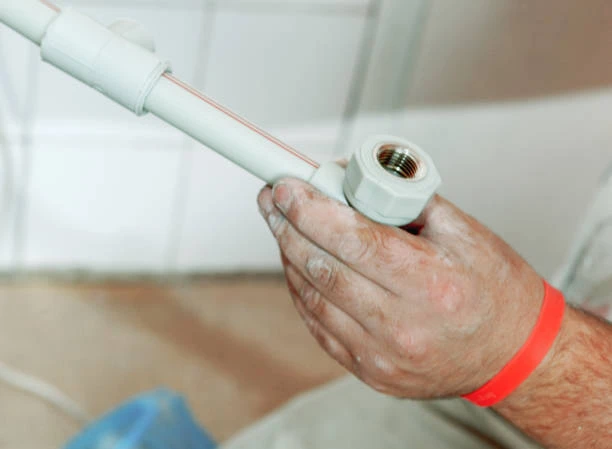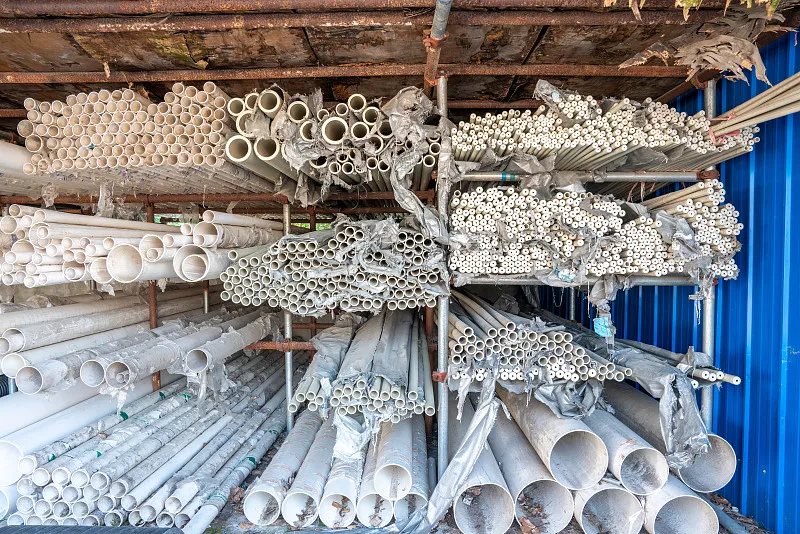In recent years, the use of Polypropylene Random Copolymer (PPR) pipes has become increasingly popular for plumbing systems due to their durability and resistance to corrosion. However, the emergence of counterfeit PPR Pipe has raised significant concerns regarding safety and quality. The Federal Government (FG) has recognized the need to take action against producers of fake PPR water pipes to protect consumers and ensure the integrity of plumbing systems. This article delves into the implications of counterfeit PPR pipes, the government’s response, and how consumers can safeguard themselves from these products.
Understanding PPR Pipe
PPR pipes are widely used in plumbing for transporting hot and cold water. Made from a high-quality thermoplastic material, these pipes boast several advantages, including:
- High Resistance to Corrosion: Unlike metal pipes, PPR pipes do not rust or corrode.
- Longevity: With a lifespan exceeding 50 years, they are a cost-effective choice for plumbing systems.
- Easy Installation: PPR pipes can be easily welded together, creating secure joints.
Characteristics of Genuine PPR Pipe
Genuine PPR pipes are manufactured to strict industry standards, ensuring they can handle high temperatures and pressures. They typically feature:
- Color Coding: Green for hot water and blue for cold water.
- Markings: Certification marks and the manufacturer’s details are usually printed on the pipe.
The Threat of Counterfeit PPR Pipe
Counterfeit PPR pipes pose significant risks to both consumers and the plumbing industry. These fake products often do not meet quality standards, leading to numerous issues:
1. Safety Hazards
Fake PPR pipes may be made from substandard materials that can fail under pressure or high temperatures, leading to leaks or bursts. This not only causes property damage but can also pose serious safety risks to residents.
2. Increased Costs
While counterfeit pipes may appear cheaper, they can lead to significant long-term costs due to frequent repairs and replacements. Homeowners and businesses could face financial burdens as a result of investing in these inferior products.
3. Environmental Concerns
Substandard materials used in counterfeit pipes may leach harmful substances into the water supply, posing health risks to consumers. Additionally, the disposal of these pipes can contribute to environmental pollution.

Government Response to Counterfeit PPR Pipe
In response to the growing issue of counterfeit PPR pipes, the Federal Government has announced measures to sanction producers of fake products. This initiative aims to protect consumers and uphold industry standards.
1. Stricter Regulations
The government is implementing stricter regulations on the manufacturing and distribution of PPR pipes. This includes the requirement for proper certification and compliance with established quality standards.
2. Increased Inspections
Authorities will conduct regular inspections of manufacturers and suppliers to ensure compliance with safety and quality regulations. This will involve random checks of products to verify authenticity.
3. Penalties for Offenders
Producers found to be manufacturing or distributing counterfeit PPR pipes will face severe penalties. This could include fines, revocation of business licenses, and potential legal action.
4. Public Awareness Campaigns
The government is launching public awareness campaigns to educate consumers about the dangers of counterfeit PPR pipes. These initiatives will inform homeowners and businesses about how to identify genuine products and the importance of purchasing from reputable suppliers.
Identifying Genuine PPR Pipe
As consumers, it’s essential to know how to differentiate between genuine and counterfeit PPR pipes. Here are some tips to help ensure you are purchasing authentic products:
1. Check for Certification Marks
Genuine PPR pipes should have appropriate certification marks from recognized standards organizations. Always verify these marks before making a purchase.
2. Examine Packaging
Counterfeit products often come in poor-quality packaging. Look for clear branding and manufacturer information on the packaging.
3. Review Product Specifications
Familiarize yourself with the specifications of PPR pipes, including pressure ratings and temperature limits. If a product claims to be PPR but does not meet these specifications, it may be counterfeit.
4. Purchase from Reputable Suppliers
Always buy PPR pipes from well-known, reputable suppliers or directly from manufacturers. This significantly reduces the risk of acquiring fake products.
5. Seek Professional Advice
If in doubt, consult with plumbing professionals or industry experts who can provide insights into the quality and authenticity of PPR pipes.
The Future of PPR Pipe Regulations
The government’s actions against counterfeit PPR pipes mark a significant step toward ensuring safety and quality in plumbing systems. As regulations tighten, it is expected that:
- Industry Standards Will Improve: With the pressure on manufacturers to comply with new regulations, the overall quality of PPR pipes in the market is likely to improve.
- Consumer Trust Will Grow: As consumers become more aware of the issues surrounding counterfeit products, they will be better equipped to make informed purchasing decisions, leading to greater trust in the plumbing industry.
- Environmental Impact Will Decrease: Reducing the prevalence of counterfeit PPR pipes can also mitigate the environmental impacts associated with poor-quality materials and waste.
Conclusion
The fight against counterfeit PPR Pipe is essential for the safety and well-being of consumers. With the Federal Government taking a strong stance to sanction producers of fake products, it is crucial for consumers to remain vigilant and informed. By understanding how to identify genuine PPR pipes and adhering to safety regulations, homeowners and businesses can protect themselves from the risks associated with counterfeit products. Together, we can ensure that PPR pipes continue to provide reliable and safe plumbing solutions for years to come.
FAQs
1. What are PPR pipes used for?
PPR pipes are primarily use for hot and cold water supply systems in residential and commercial buildings due to their durability and corrosion resistance.
2. How can I identify counterfeit PPR pipes?
Check for certification marks, examine the packaging quality, review product specifications, and purchase from reputable suppliers.
3. What are the risks associated with counterfeit PPR pipes?
Counterfeit pipes can lead to safety hazards, increased repair costs, and potential environmental concerns due to the use of substandard materials.
4. What actions is the government taking against fake PPR pipes?
The government is implementing stricter regulations, increasing inspections, imposing penalties on offenders, and launching public awareness campaigns.
5. Where can I purchase genuine PPR pipes?
Buy PPR pipes from well-known, reputable suppliers or directly from manufacturers to ensure authenticity and quality.


















